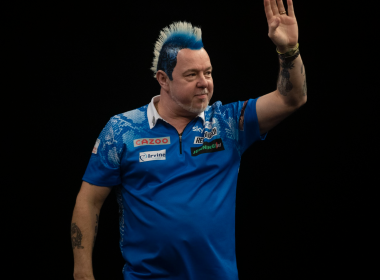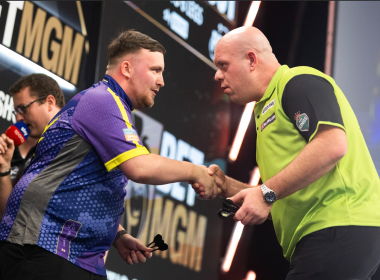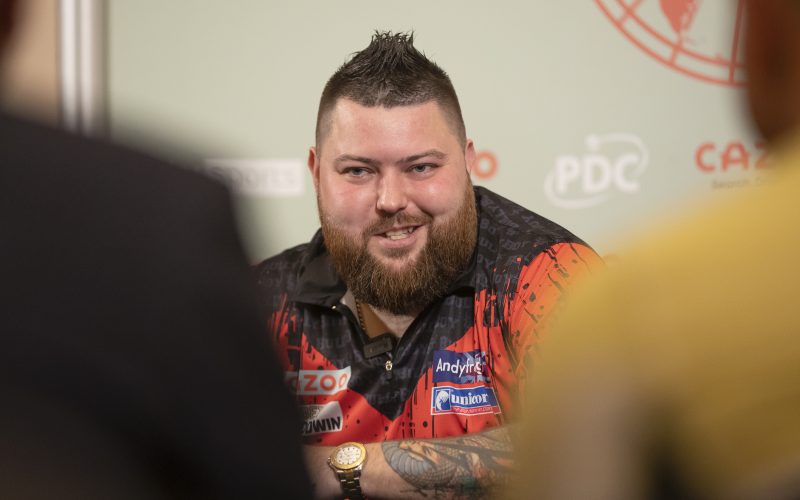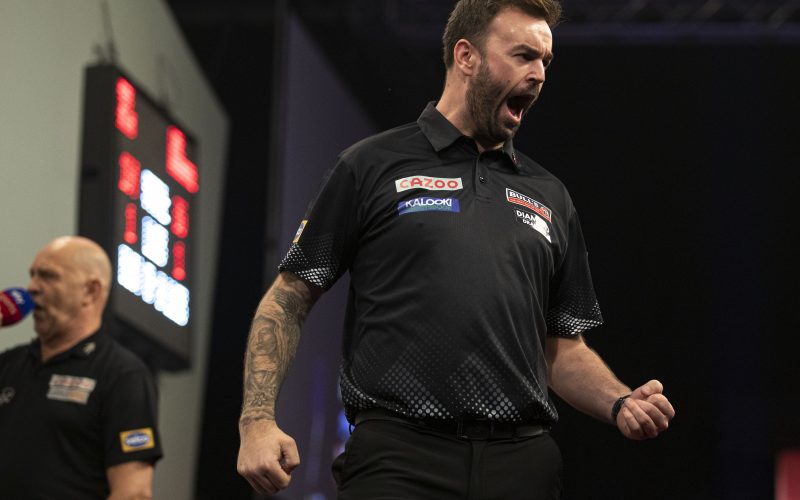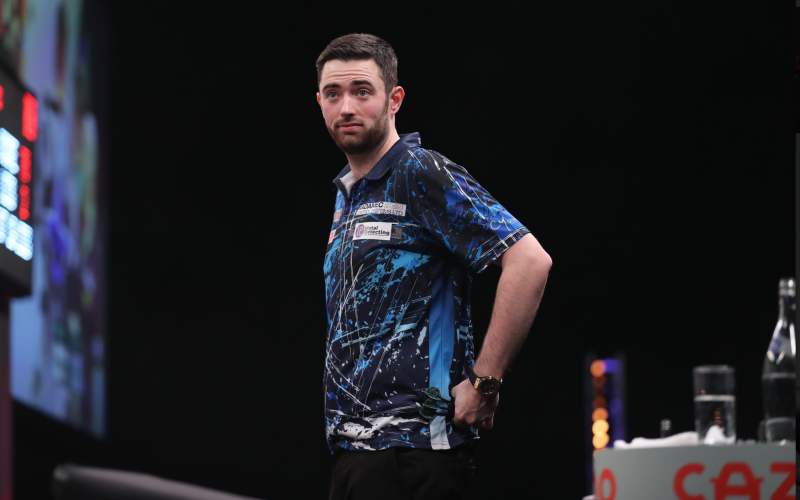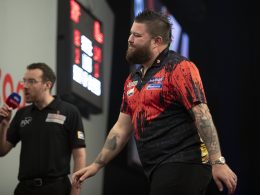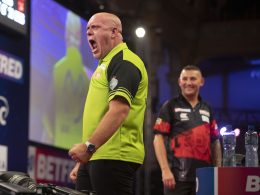What to expect.
The Masters has become one of the most intriguing tournaments on the darting calendar, in no small part due to the recent influence it has had in determining the line up of the Premier League. It is also the first big TV event after the World Championship and the Christmas/New Year break; a period when some players put down their darts in order to rest and recuperate. This can make the form book trickier to read, but there are a few recurring themes associated with January’s flagship event, which starts in Milton Keynes on Friday.
World Champions tend to carry their form
Is burnout a factor? Unlikely. Since the event was moved to January in 2015, on three occasions the World Champion has gone onto claim the Masters title in the same year. Even when newly crowned World Champions don’t go all the way, statistics indicate they continue to ride the wave of their Alexandra Palace form. Gerwyn Price looked imperious in 2021 (his tournament average was 102.71) despite being beaten on a deciding leg by Mervyn King in the semifinal. Rob Cross averaged 100+ over the two matches he played in 2018. Gary Anderson is the possible exception: he made the semifinal in 2015 but lost his opening match in 2016 to Vincent Van der Voort (he did average 98 in defeat though). Peter Wright didn’t really get out of the gate last year but he did lift the trophy when entering as World Champion in 2020.
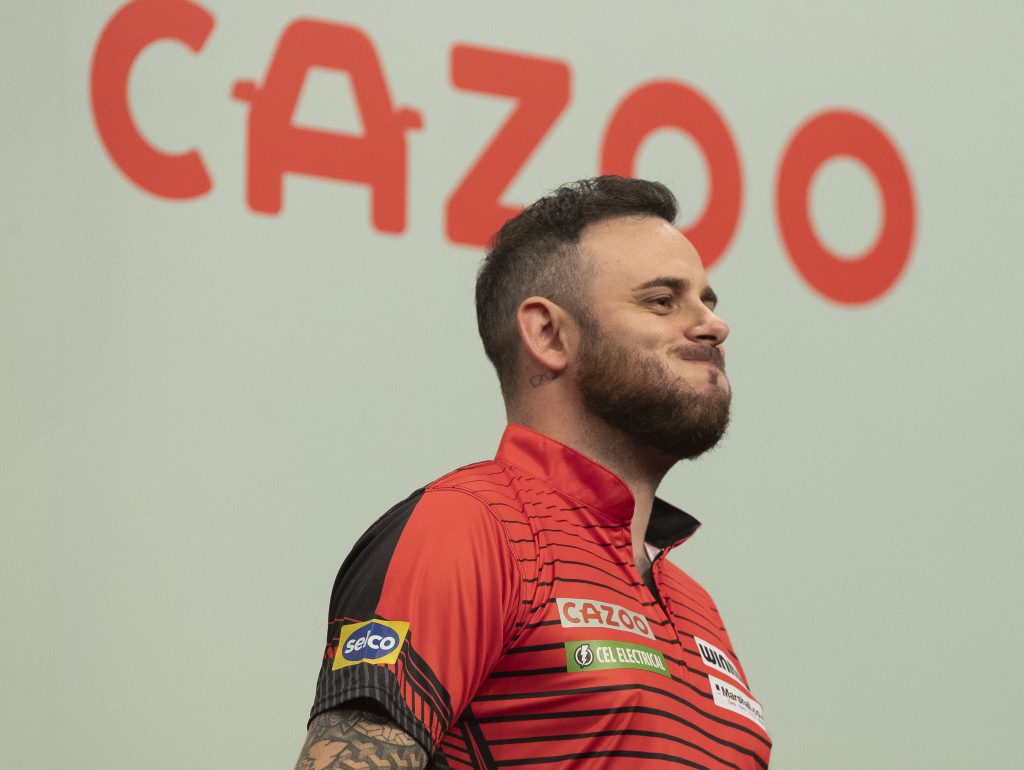
Winners start fast
Perhaps due to the short time span of the event (played over three days), coupled with the exclusively elite pool of participants, players don’t have the luxury of playing their way into the tournament. Only three times has the eventual winner kicked off with a match average below 99. Two of those were the demigods that are Taylor (2013) and van Gerwen (2015), who quickly woke up in their next matches to post averages of 109 and 110 respectively. The other example was James Wade, who in 2014 began with 97.22 and produced 104.65 in the following round against Adrian Lewis. Masters winners are ‘at it’ from the off.
Playing the second semifinal isn’t a disadvantage
Finalists of tournaments that have the semifinals played on the same day, are often perceived to be at a disadvantage if playing in the second semifinal. Firstly, this is not a correlation across the sample of all events of this nature that we have studied, and in the Masters in particular, the winner has come more often from the second semifinal. If you remove the years that Taylor or van Gerwen won, both of whom would have been overwhelming favourites, three of the remaining four winners played second. Fatigued? It doesn’t appear so.
Standard is one of the very best
Unsurprising for an invitational event involving only the cream of the crop, there is a high concentration of 100+ and 105+ averages at the Masters. When Clayton won in 2021, the overall tournament average (every three darts thrown by every player in every match) was a shade under 98. That’s some level. In 2022 it was almost 96. In 2018 it was 98. The extension to 24 players doesn’t seem to have affected this, and the title winner has never ended with an average under 98 for the tournament. Rounded to the nearest whole number, only once has the winner been under 99 (that was Peter Wright in 2020, with 98).

There’s usually a heavily one-sided scoreline or two
The mixture of elite players bang in form and perhaps others still in holiday mode, throws up some right old thumpings. In 2022 Cullen put Gary Anderson to the sword with a ruthless 10-1 demolition. In 2020 Wright dished out a 10-0 whitewash to Dave Chisnall, who has been one of the most consistent Masters’ performers down the years. At the inaugural event, Adrian Lewis managed just the one leg in the final despite averaging over 100 himself. His nemesis, Phil Taylor, had previously despatched James Wade by the same scoreline (10-1) in the semifinal. Last year Stephen Bunting went home legless in the first round, and was also on the wrong end of a 10-1 defeat in his first match against van Gerwen in 2016.
Good luck to this year’s 24 protagonists: play well and start fast. And if you find yourself in the second semifinal, count your blessings.
Editorial staff


